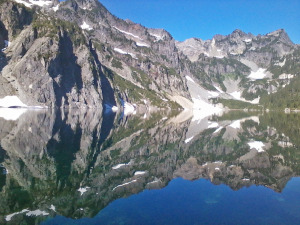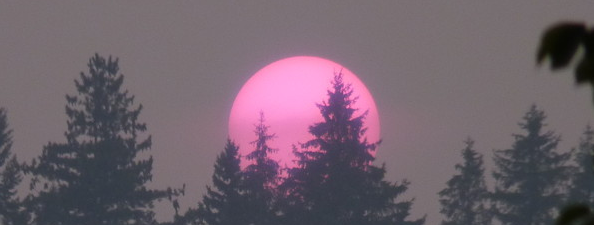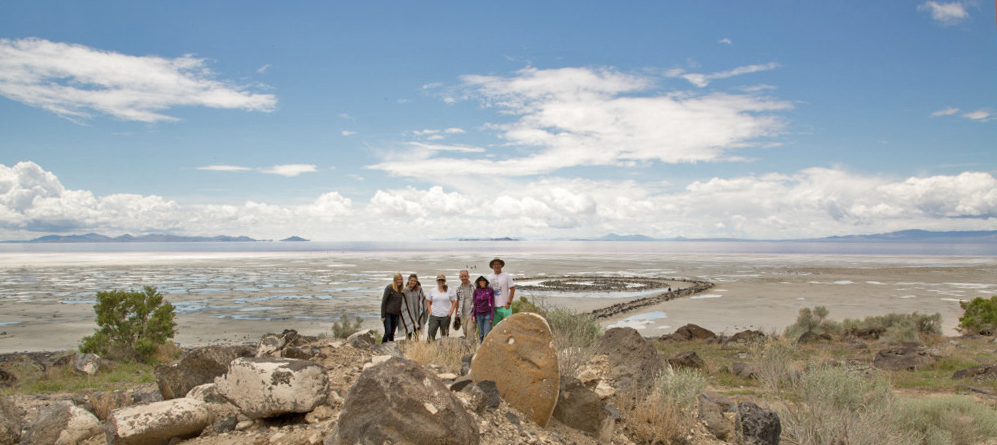Portfolio from Tumamoc Hill In Journal of the Southwest
The current issue of the Journal of the Southwest, a special issue of the Next Generation of Sonoran Desert Researchers, includes a portfolio of art and poetry from Tumamoc Hill.
Mirocha, P., Magrane, E., Terkanian, B., Milstead, M., Koopman, K., Coleman, D., Wakamatsu, M., Soria, M. (2015). The Tumamoc Hill Arts Initiative: A Portfolio of Site-based Art and Poetry Inspired by a History of Sonoran Desert Science. Journal of the Southwest, 57 (2-3), 265-303.
Climate Change & Poetry Course at the Poetry Center
See a blog post about my upcoming community course “Climate Change & Poetry” at the Climate Assessment for the Southwest (CLIMAS) webpage here.
from the post:
There is not one climate change; rather, there are many climate changes. This refers to both the physical science—the awareness that different regions will see different effects—as well as to the social perception of climate change. Alternate frames place it, for example, as an environmental justice issue, a national and global security issue, or an opportunity for social change. As recent provocative books and no less than the Pope have pointed out, climate change calls capitalism itself into question.
Situating Geopoetics
My article “Situating Geopoetics” is in the Association of American Geographers’ new journal GeoHumanities. Download the pdf here.
Here’s the abstract:
The form of the ars poetica is one in which the poet makes a statement on the art of poetry. Consider this a kind of ars-geo-poetica, a groundsetting for and statement on geopoetics that intends to both situate and to break open the field. This is an invitation for geopoetic texts and practices that draw on the work of poets as well as geographers, for an enchanted, earthy, and transaesthetic approach that moves to juxtapose contemporary poetics, particularly in the realm of ecopoetics, with critical human geography. Looking to geographers, poets, literary scholars, and poems themselves, this article aims to help situate and historicize geopoetics, provide a brief inventory of the current field, and carve out sites for future work.
Key Words: creative geographies, ecopoetics, geohumanities, geopoetics, site-based poetics.
Place-Relation Ecopoetics: A Collective Glossary
Over at Jacket 2, Linda Russo has compiled a collective glossary of place-relation ecopoetics. Linda lives in western Washington, and in the context of the ongoing Washington wildfires, where the Okanogan complex is the largest in state history, she writes: “Some fear the fires will continue to burn until it snows; some fear we can expect little in the way of precipitation again this year. The uncertainty is disconcerting, to say the least. I don’t know how to segue into the introduction I wrote for this glossary less than a week ago. I do know that what the terms gathered below represent – attunement to unfolding earth-realities and reverence for the many living things caught up in them – help me navigate that uncertainty.”
The collective glossary includes terms like Biotariat, B-RAD: Bio-Regional Attachment Disorder, Indigenous ecopoetics, Phylogeny, Relaxation time, and Walking. My contribution to the glossary is geopoetics.
Spiral Orb open for submissions through 9/1
Spiral Orb is now open for submissions for issue eleven through September 1. See Spiral Orb here and the submissions page here.
American Landscape Field Course Featured in UA News
A UANews piece published today features the American Landscape Field Course that I recently taught at the University of Arizona. In the course (GEOG 407/507), we hit the road for a 10-day road trip throughout the greater Southwest, visiting iconic land art sites such as Robert Smithson’s Spiral Jetty and Nancy Holt’s Sun Tunnels, as well as iconic places such as the Grand Canyon and Glen Canyon Dam. We visited with Matt Coolidge at Center for Land Use Interpretation’s Wendover residency site; with Sara Frantz, archivist at the Center for Art + Environment; with Jeff Brown at Sagehen Field Station in the Sierra, where we visited Helen & Newton Harrisons’ Force Majeure plots; and with many others along the way. In the geographic tradition of field learning, we camped along the way, and we had an ongoing discussion of the many ways to approach and think about landscape—environmentally, artistically, politically, culturally.


